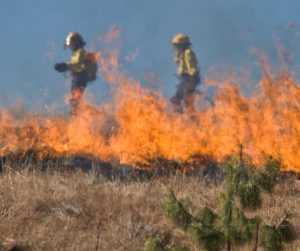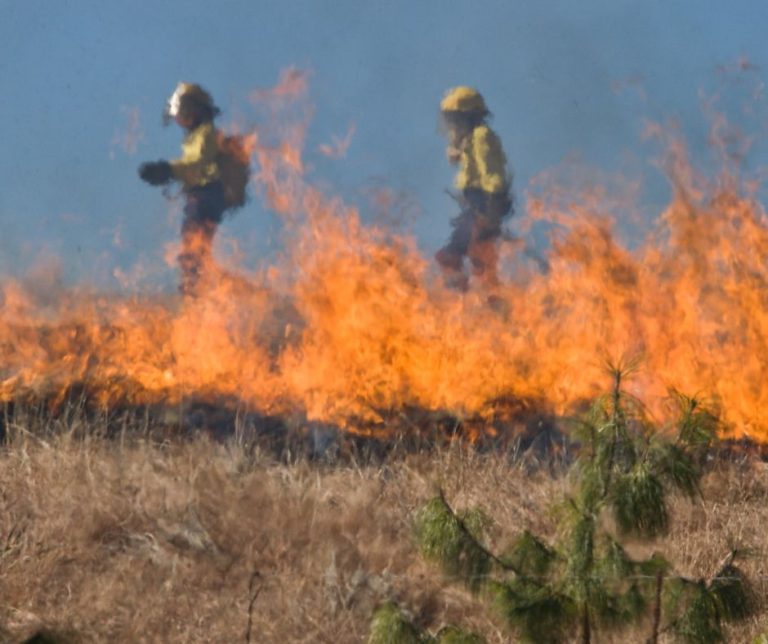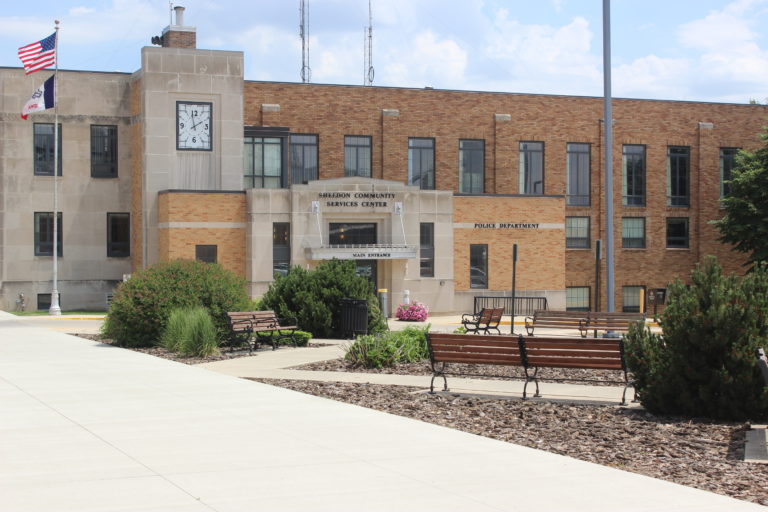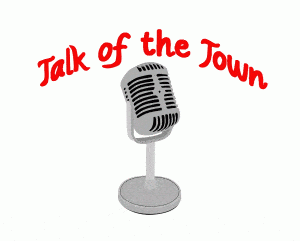Northwest Iowa — Warmer temperatures and drier conditions are in the forecast and farmers will soon be in the fields in full-force. That means more equipment will be on the roadways in the coming days.
Iowa State University Extension and Outreach says moving farm equipment on public roads can be a dangerous activity. Farm operators need to drive defensively and remain alert every second they are on the road.
Steven Freeman, a professor in agricultural systems and bioengineering at Iowa State University, reminds equipment operators of some important dos and don’ts this spring.
He says injuries can happen when farm equipment operators:
· Lack the experience to handle heavy, slow-moving machinery.
· Drive too fast, particularly when pulling a heavy load or turning.
· Drive partially over the centerline.
· Drive partially on the shoulder, and partially on the main road surface.
· Run into a tree or other fixed object.
He says that a major reason for farm machinery incidents on public roads is the difference in speed between automobiles and agricultural equipment. Motorists approach the slow-moving farm equipment so quickly that they only have a few seconds to identify the hazard and react appropriately.
Freeman says that’s why it is so important for farm equipment to be highly visible and properly identified with a slow-moving vehicle sign which must be visible from 500 feet away. He says the signs must be kept clean and faded or damaged signs should be replaced.
Tractors must be equipped with lights if operated on public roads at night, or under conditions of reduced visibility. Highway travel requires headlights, red taillights, and reflectors. Flashing amber lights provide day and night warning to traffic approaching from either direction. The more highly visible the equipment is, the better.
As for motorists driving road vehicles like cars, trucks, and motorcycles, the Iowa State Patrol says that even if you’re only going the speed limit you need to really pay attention. Because if you come over the crest of a hill and discover a slow-moving farm implement, you’re going to close in on that vehicle really quickly.
Troopers tell us that too many people combine high speed with distracted driving and a rear-end collision is the result. They advise you to slow down, put down the phone, and keep all your attention on the road, especially during busy farming seasons like planting and harvest. It’s also sometimes hard to know the intentions of the farm equipment operator as sometimes they need to swing wide for a turn and it seems like they’re turning one way when they may be turning the other. Or, you might not see them signaling at all. Troopers remind you to give farm vehicles a wide berth as you may not know the operator’s intent.
More information for farm equipment operators, direct from Iowa State University Extension & Outreach:
Freeman reminds farm equipment operators to perform a complete check of both the tractor and trailed equipment before heading onto the road.
· Use safety-type hitch pins, and make sure they are securely fastened.
· A safety chain must extend from the tractor to the frame of the towed equipment.
· Check all tires (on both tractor and towed equipment) for air pressure, cuts and bumps.
· Always lock brake pedals together for road travel. Sudden braking on one wheel only at high speed could put the tractor into a dangerous skid.
· Rearview mirrors, flares, and fire extinguishers should be standard equipment for tractors that are frequently driven on public roads.
· Confirm that all lights are operating properly.
· Make sure that the SMV sign is clean, unfaded, and properly mounted.
· Check towed equipment. Any load should be balanced and properly secured. Make sure the towed load is light enough for the tractor to handle safely. Heavy wagons should be equipped with independent brakes.
Farm machinery operators can make road travel safer for themselves and others by taking the following precautions.
· Avoid busy roads whenever possible, even if travel time will be longer.
· Travel at a speed that will allow you to maintain full control at all times.
· Slow down when making turns or rounding curves.
· Observe road travel precautions listed in operator manuals. Some tractors freewheel in higher gears. This can be very dangerous when coming down a hill. · Use lower gear ranges when climbing or descending hills.
· If possible, drive on the shoulder of a paved highway. However, don’t drive partly on the shoulder and partly on the paved lane.
· Stay alert for hazards such as soft shoulders, narrow bridges, loose gravel, bumps, potholes, and deep ruts.
· When cars are lined up behind you, and a suitable shoulder is available, pull over to let the traffic pass.
· If possible, move equipment in daylight during periods of light traffic.
· Travel after dark only if absolutely necessary. Remember that you need proper lighting for night driving.
· Don’t take chances by pulling onto a road in front of moving traffic. Enter and exit roadways very cautiously if your view is obstructed.
· Obey traffic laws and signs. Courtesy is a key component of road safety.













